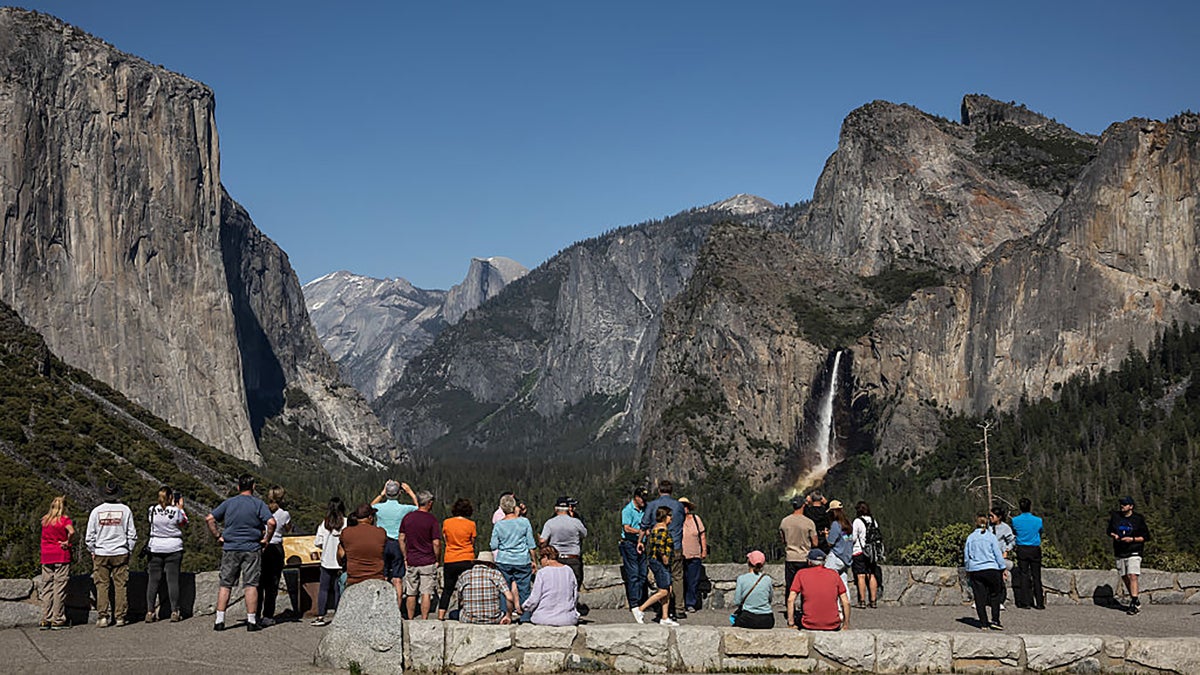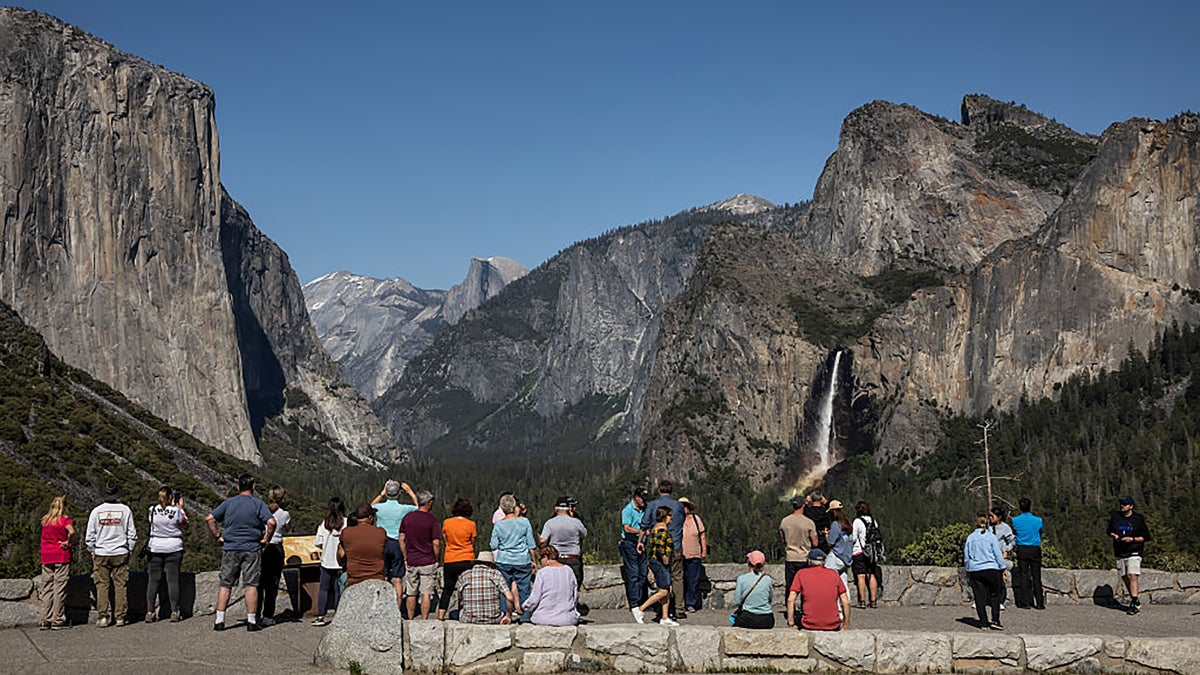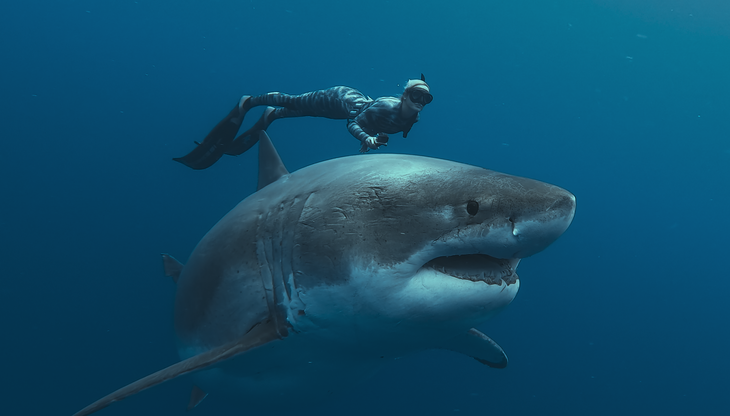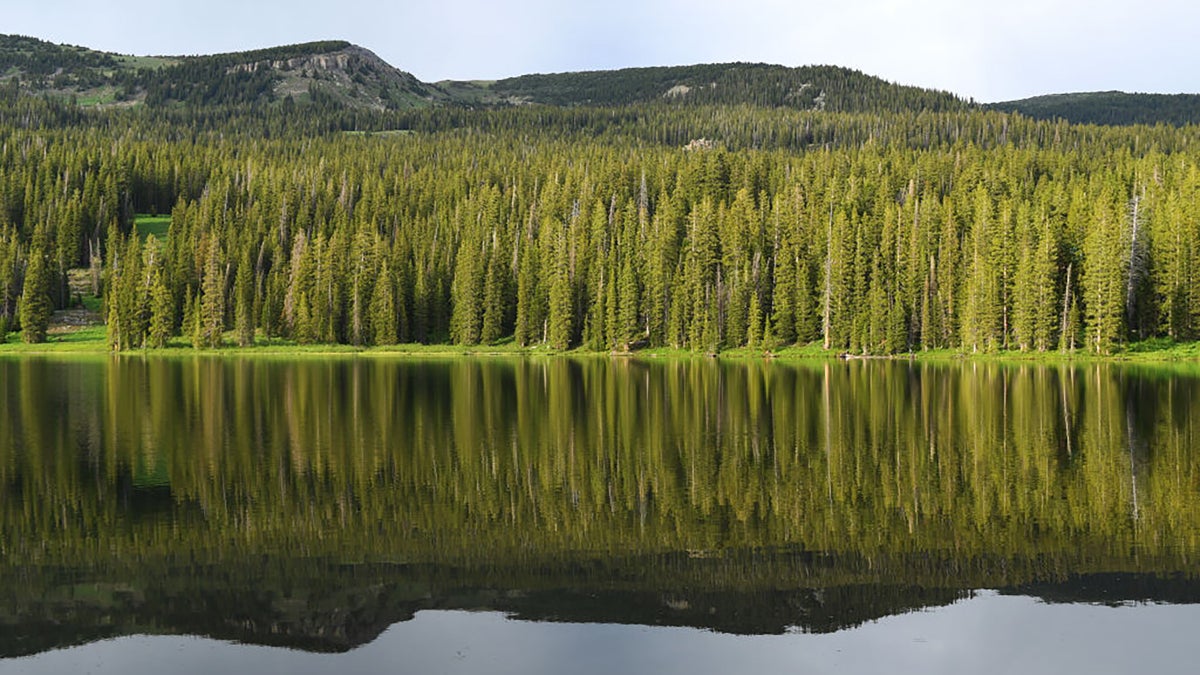
The Department of the Interior has a new plan to help fund the U.S. National Parks: raise the price for foreign visitors.
The department recently published a document outlining its 2026 budget plans, and included in the brief is a plan to levy a surcharge on visitors coming from outside of the United States. According to the document, the fee could generate more than $90 million to help cover the costs of maintaining visitor services at national parks, which are facing a proposed budget cut of $1.2 billion next year.
“I think we’re way undercharging, as a nation, for international visitors,” Secretary Doug Burgum said during a House Committee on Natural Resources oversight hearing in early June.
The origins of the plan came from a Missoula, Montana-based think tank that works on environmental policy called the Property and Environment Research Center (PERC).
In 2023, PERC published a report titled How Overseas Visitors Can Help Steward Our National Parks that suggested a $25 surcharge on foreign visitors could generate $330 million, which would double the revenue the NPS generates in fees.
In March, the organization published a report titled 10 Ideas for the Interior Department that included the proposal. According to SFGATE, Brian Yablonski, the CEO of PERC proposed the idea to Burgum earlier this year. Outside reached out to the National Park Service for comment but did not hear back by the publishing date of this story.
Outside reached out to PERC to discuss the plans. A PERC economist named Tate Watkins, who authored the 2023 report, said that raising the price to entry represents the easiest way to generate more revenue for the NPS.
“If your goal is to make sure national parks have the resources they need to be stewarded properly now and for future generations, the entry fee structure is the lowest hanging fruit,” Watkins told Outside.
Currently the NPS operates on a $3.1 billion annual budget, with most of the money coming via federal funding allocated by Congress. But the NPS sites do generate revenue via entry fees. According to the NPS, more than 80 percent of the money generated by these fees is invested back into the parks.
Entry fees for NPS sites vary. Yellowstone National Park currently charges $20 per person or $35 for a single car. Great Smoky Mountains National Park requires a $5 daily parking fee.
Watkins pointed out that several other countries charge international visitors extra to visit natural wonders, parklands, and historic sites. At Galápagos National Park in Ecuador, foreign guests pay $100 to enter, compared to $6 for locals. Serengeti National Park in Tanzania and Masai Mara National Reserve in Kenya both charge international visitors $70, while residents of either country pay $4 and $7, respectively.
Meanwhile, in the U.S., a family from France visiting Zion National Park for three days would pay $35 for a week-long park pass—the same as an American family.
“The American family is actually paying more than the international tourists because Americans already contribute a small portion to the National Park Service budget through taxes,” Watkins said.
Critics of the plan have suggested the increase in fees might deter visits from foreign travelers. SFGATE estimates that 14 million people from outside of the United States visited an NPS site in 2024. Watkins says his research suggests the contrary. “It’s a negligible amount,” Watkins said. “For people traveling from overseas it’s a tiny slice of their overall budget.”
A PERC study in 2017 estimated that raising the vehicle entry fee at Yellowstone National Park from $30 to $70 would decrease visitation from foreign visitors by only 0.07 percent.
“It won’t deter many at all,” Watkins said. “On the flip side, even a modest increase could bring in a ton of revenue.”
In its March report, PERC outlined other strategies for NPS, including a revamped fee structure for U.S. visitors as well. Watkins said the current structure is “A relatively blunt system today.”
One of PERC’s recommendations is to offer weekday discounts for American visitors. The report also recommends increasing the price of the America the Beautiful Parks Pass, which grants a holder entry to 2,000 recreation sites, including all 433 NPS sites. The pass currently costs $80.
“That’s an immense value,” Watkins said. “Especially when you compare it with the cost of private attractions or even similar passes offered by state parks.”
The Department of the Interior has released few details about its proposed fee on foreign visitors, and has not divulged which parks would see an increase or by how much.
Watkins predicts the fee increase will impact “big name destination parks” such as Yellowstone, the Grand Canyon, and Yosemite. In 2024 the NPS sites recorded 331.9 million visits, the most in history.
Despite the uptick in visits, the NPS is slated to endure a 40 percent decrease in federal funding in 2026. Major cuts are slated for the NPS’s maintenance division.
According to Watkins, the total NPS maintenance backlog across all sites is approaching $24 million—more than double what it was ten years ago. Additional revenue generated by new fees, he said, could alleviate some of the pressure.
“Without some kind of action, our crown jewel parks are on an unsustainable path of deterioration,” Watkins said.
The post The New Plan for National Parks: Increase Prices for International Visitors appeared first on Outside Online.















